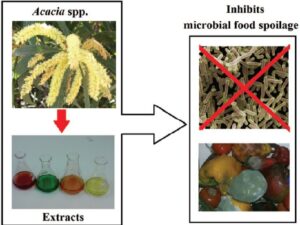
Australian Acacia spp. extracts as natural food preservatives: Growth inhibition of food spoilage and food poisoning bacteria
Ian Edwin Cocka,b*aEnvironmental Futures Research Institute, Nathan Campus, Griffith University, 170 Kessels Rd, Nathan, Brisbane, Queensland 4111, Australia.bSchool of Natural ...
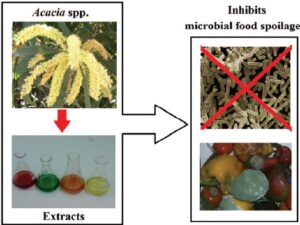
Eupomatia laurina R. Br. fruit solvent extractions inhibit the growth of a panel of pathogenic bacteria
Krystal Bryant,a Ian Edwin Cock a,b*aSchool of Natural Sciences, Griffith University, 170 Kessels Rd, Nathan, Brisbane, Queensland 4111, Australia.bEnvironmental Futures ...
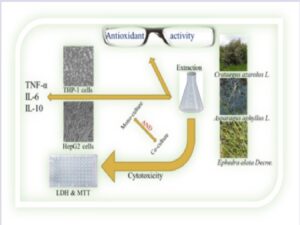
In vitro evaluation of anti-inflammatory and antioxidant effects of Asparagus aphyllus L., Crataegus azarolus L., and Ephedra alata Decne.in monocultures and co-cultures of HepG2 and THP-1-derived macrophages
Abdalsalam Kmail1,2, Badiaa Lyoussi1, Hilal Zaid2, Hamada Imtara1, Bashar Saad21Physiology-Pharmacology, University of Fez, P.O.Box 1796 Fez Atlas, Fez, Morocco.2Qasemi Research ...

Evaluation of antifungal activity and cytotoxicity of Thymus vulgaris essential oil
Mohammed Hamed Al-Shahrani1, Maysa Mahfoud2, Riyasdeen Anvarbatcha2, Md Tanwir Athar2, Abdulrahman Al Asmari2*1Department of Pediatric Oncology, Prince Sultan Military Medical ...
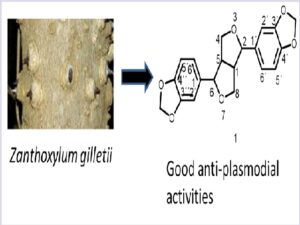
Antiplasmodial Activities of the Stem bark Extract and Compounds of Zanthoxylum gilletii (De wild) P.G. Waterman
Leonidah Kerubo Omosa1*, Evans Kenanda Okemwa2 1Department of Chemistry, School of Physical Sciences, University of Nairobi, P. O. Box 30197, ...
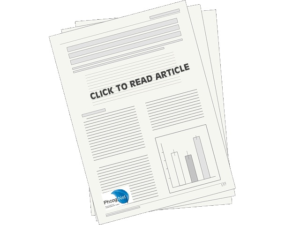
Pyrazole, Isoxazoline and Bypyrimidine Derivatives from Polygonum senegalense and Psiadia punctulata Flavonoids and their Anti-Microbial Activities
Evans Okemwa Kenandaa, Leonidah Kerubo OmosabaDepartment of Chemistry, School of Pure and Applied Sciences, Kisii University, P.O. Box 408-40200 Kisii, ...
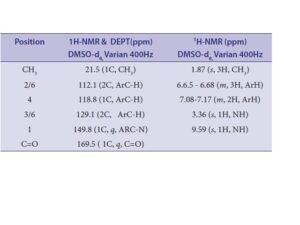
Semi-Synthetic Pyrazoline Derivatives from Polygonum senegalense Chalcones and their Anti-Microbial Activities
Evans Okemwa Kenanda*, Leonidah Kerubo Omosaa*Department of Chemistry, School of Pure and Applied Sciences, Kisii University, P.O. Box 408-40200 Kisii, ...

The Janus Corner
I.E.Cocka,b*aSchool of Natural Sciences, Nathan Campus, Griffith University, 170 Kessels Rd, Nathan, Brisbane, Queensland 4111, Australia.bEnvironmental Futures Research Institute, Nathan ...
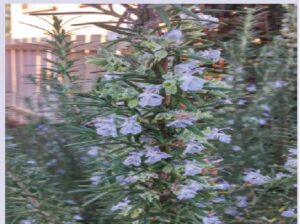
Medicinal Plant Images
Ian Edwin Cocka,b*aEnvironmental Futures Research Institute, Nathan Campus, Griffith University, 170 Kessels Rd, Nathan, Brisbane, Queensland 4111, Australia.bSchool of Natural ...
